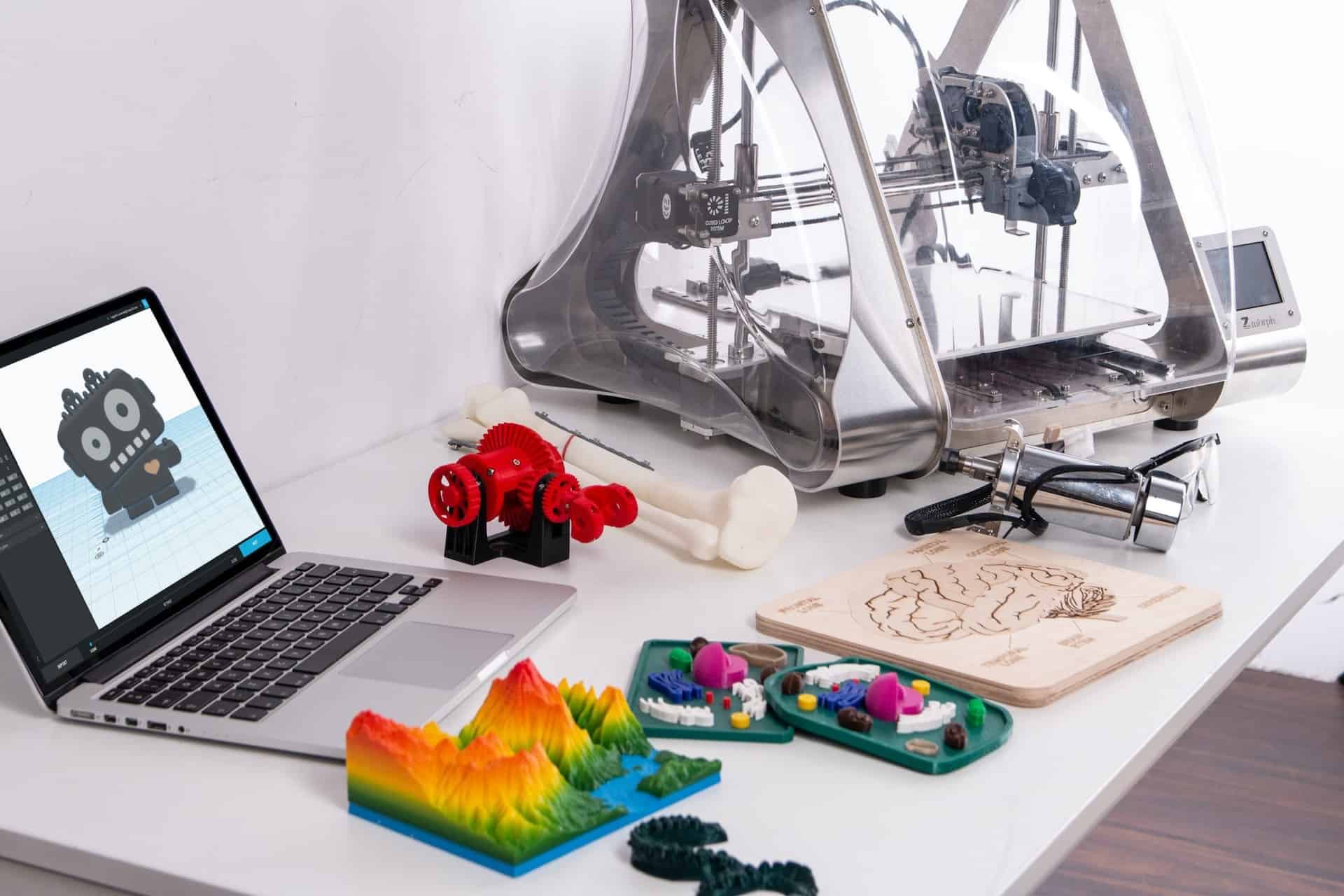In recent years, 3D printing has evolved from a niche technology used primarily for prototyping to a revolutionary force reshaping the manufacturing landscape. The ability to transform digital designs into tangible objects with unprecedented precision has propelled 3D printing into various industries, impacting everything from product development to customized manufacturing. This article explores the transformative journey of 3D printing, highlighting its applications and advancements and how it is revolutionizing the traditional production processes.
The Rise of 3D Printing in Prototyping
Initially, 3D printing gained popularity as a tool for rapid prototyping. The technology allowed designers and engineers to create physical models of their concepts quickly and cost-effectively. The iterative nature of 3D printing enabled a more efficient development process, reducing the time and resources required for creating prototypes compared to traditional methods. Explore the internet, where you may find reviews from the 3D Print Mentor about 3D printing technologies and their applications in prototyping and beyond. These reviews often highlight the versatility of various 3D printers, materials, and software tools, providing valuable insights for those navigating the ever-expanding world of additive manufacturing.
- Benefits for Design and Iteration: The essential advantage of 3D printing in prototyping is its ability to bring intricate designs to life. Complex geometries, intricate details, and functional prototypes could be quickly produced. This accelerated the design iteration process, enabling engineers to test multiple product versions swiftly. This iterative approach improved product functionality and shortened development cycles, fostering innovation.
3D Printing Moves to the Production Line
As 3D printing technology matured, so did the range of materials available for printing. Traditional prototyping materials expanded to include a variety of thermoplastics, metals, ceramics, and even biocompatible materials. This broadened material selection facilitated the transition from prototyping to end-use part production. One of the game-changing aspects of 3D printing in production is its ability to offer customization on a mass scale. Whether it’s personalized medical implants, bespoke consumer products, or tailored components for industrial applications, 3D printing allows for the creation of unique, customized items at a scale previously unimaginable. This shift towards customization has disrupted traditional manufacturing methods that rely on economies of scale but struggle to accommodate individualized preferences.
Industries Embracing 3D Printing in Production
- Automotive Industry: The automotive sector has quickly adopted 3D printing in production. From prototyping new vehicle components to manufacturing end-use parts, 3D printing has proven invaluable in reducing lead times and enabling rapid design changes. High-performance polymers and metal alloys are increasingly used to produce lightweight components that enhance fuel efficiency and vehicle performance.
- Healthcare and Biotechnology: In healthcare, 3D printing has made significant strides, transforming the production of medical implants, prosthetics, and even pharmaceuticals. Customized prosthetics, dental implants, and even 3D-printed organs for transplantation are becoming a reality, showcasing the potential of 3D printing in improving patient outcomes.
- Aerospace and Defense: The aerospace and defense industries have embraced 3D printing for its capacity to produce lightweight yet robust components. Aircraft and spacecraft benefit from the weight reduction achieved through intricate lattice structures that are only feasible with 3D printing. Moreover, the technology allows for the on-demand production of spare parts, reducing the need for extensive inventory and logistics.
3D printing has come a long way. Its impact on various industries, including automotive, healthcare, aerospace, and more, underscores its versatility and potential for disruption. As technology continues to evolve, overcoming challenges and embracing new opportunities, the future of manufacturing appears increasingly intertwined with the boundless possibilities offered by 3D printing. The journey from prototyping to production is a testament to the adaptability and ingenuity of this groundbreaking technology, heralding a new era in how people conceive, design, and manufacture products.
